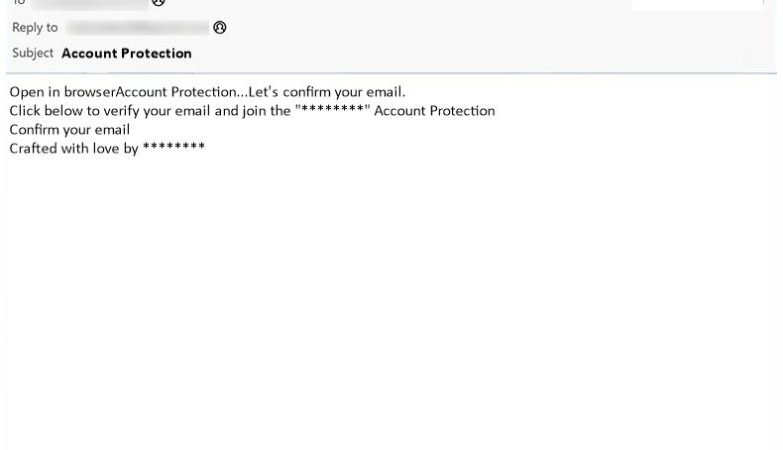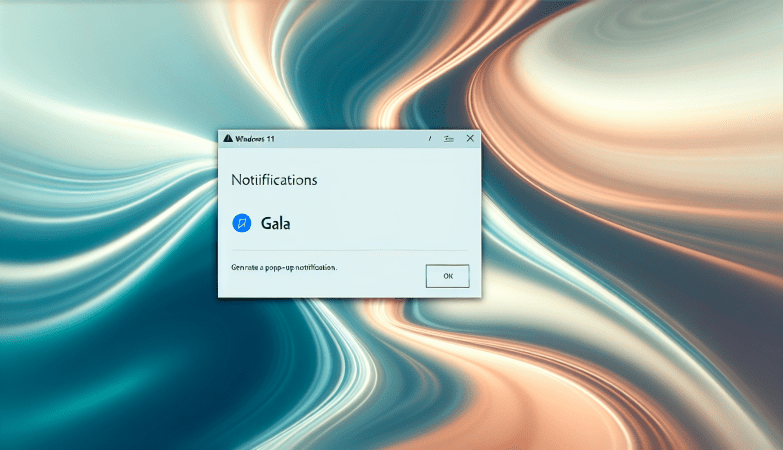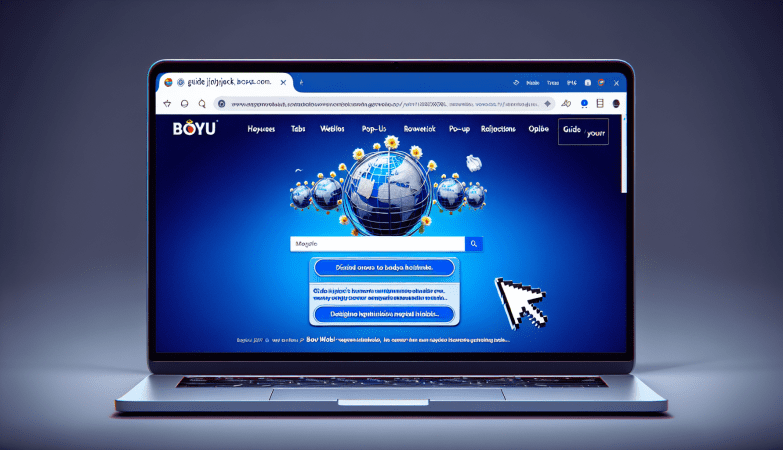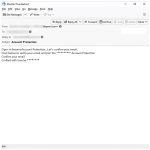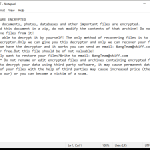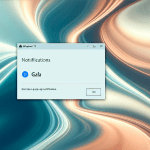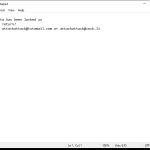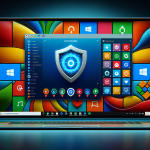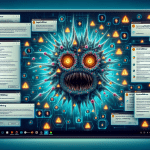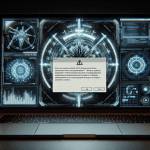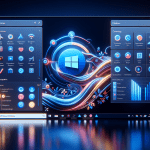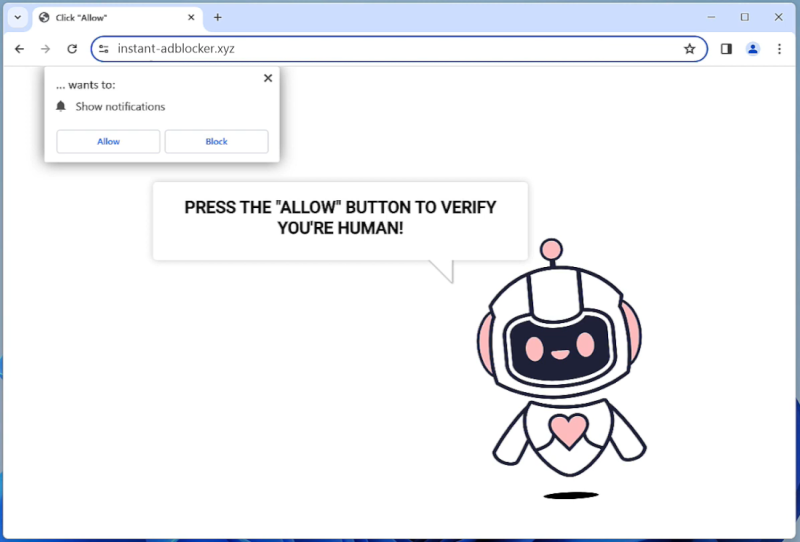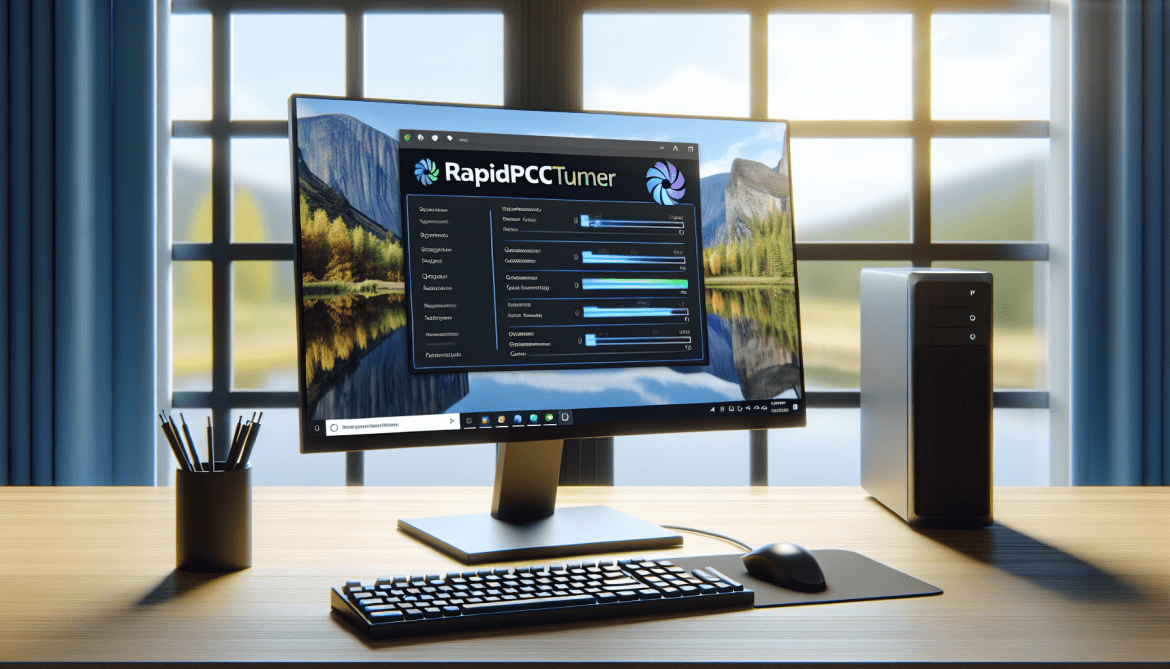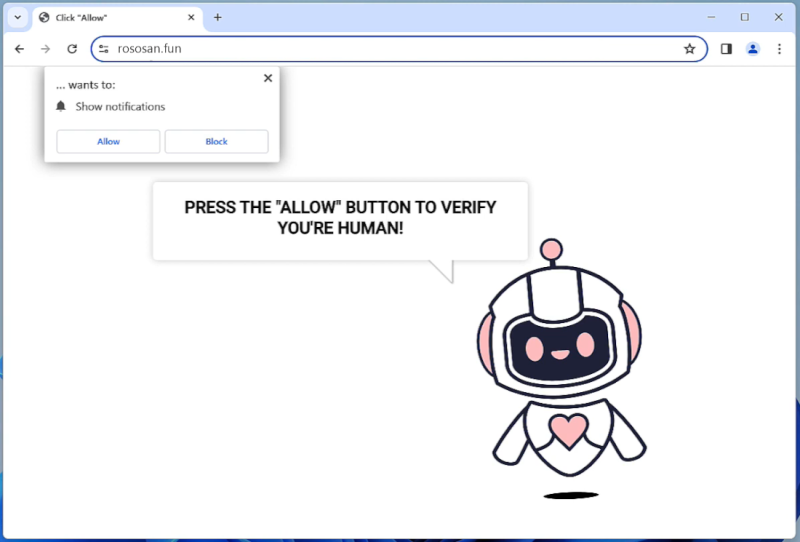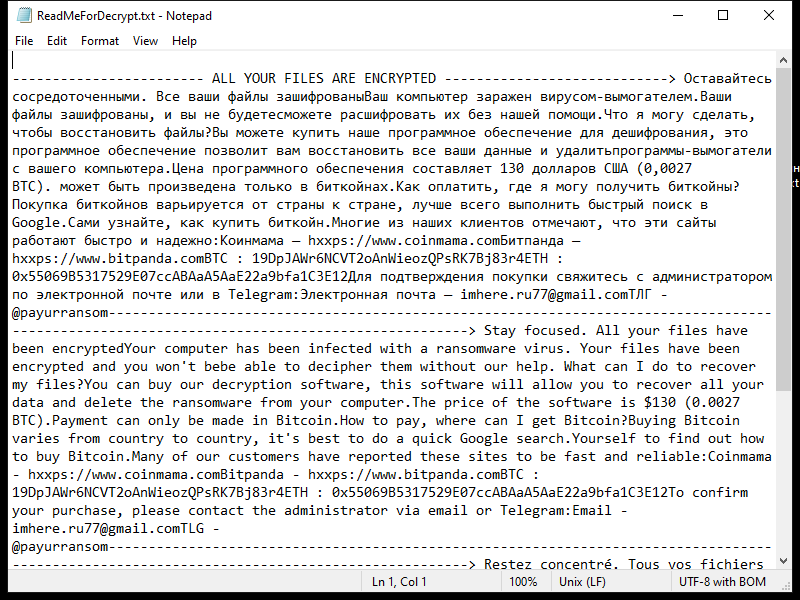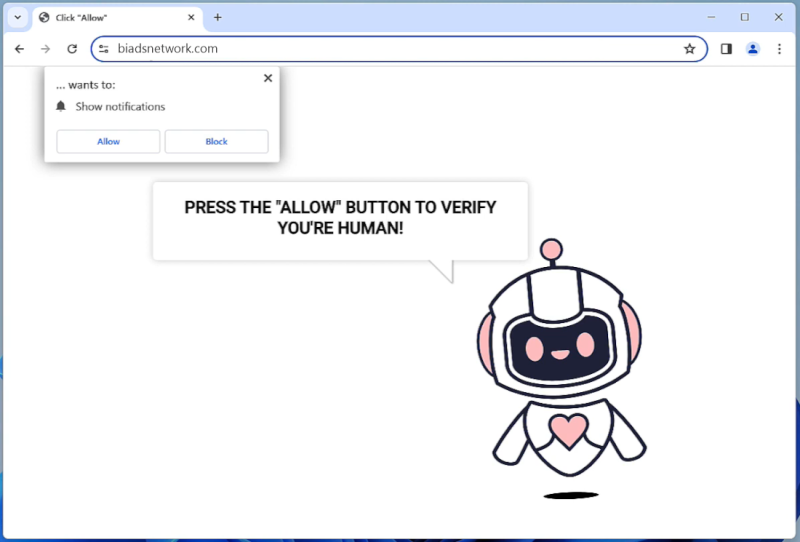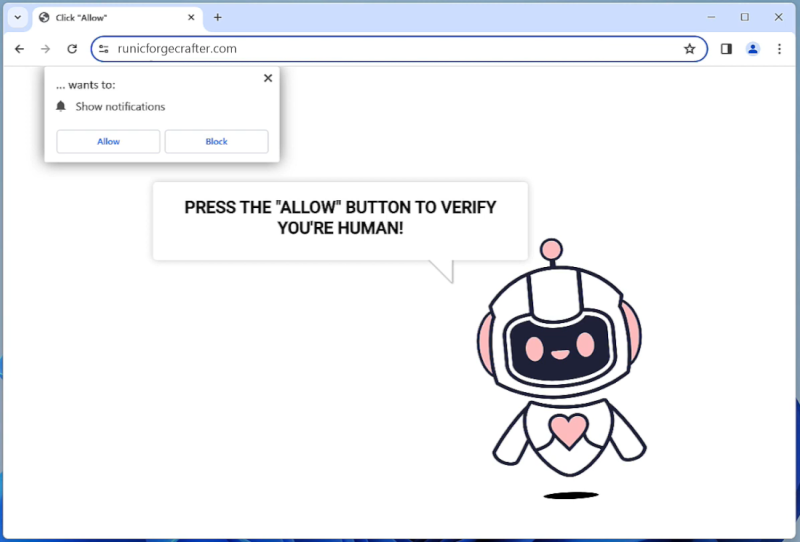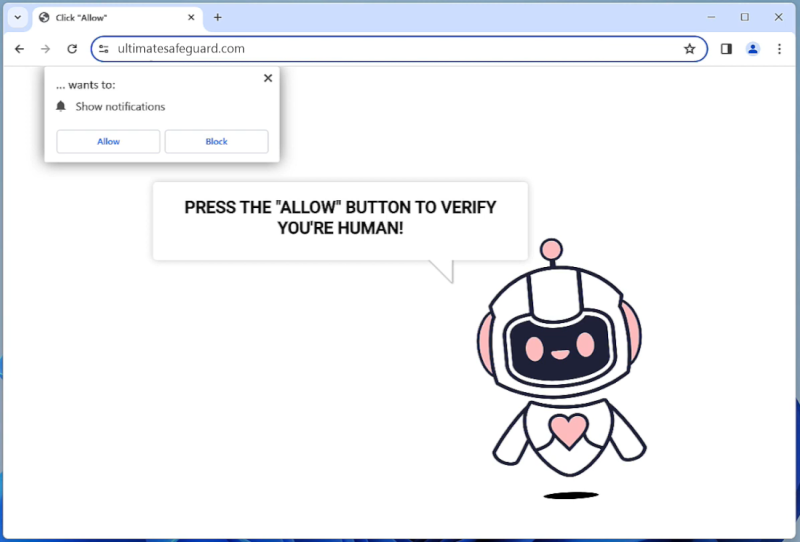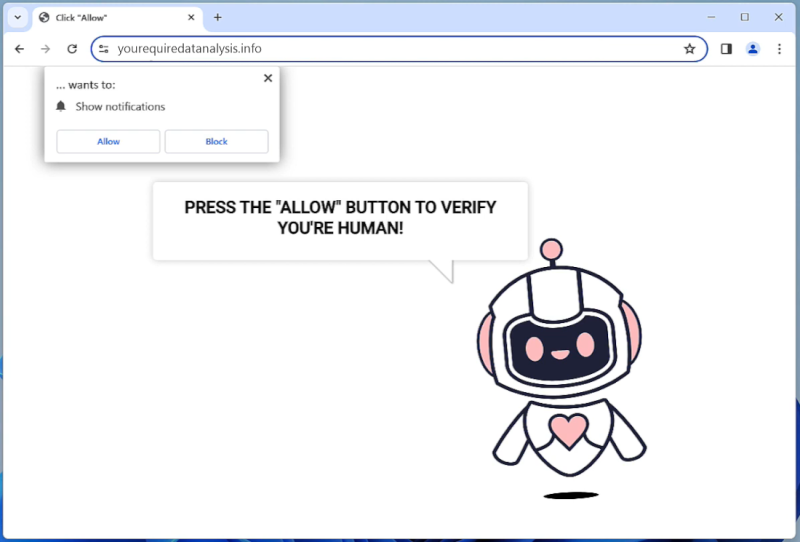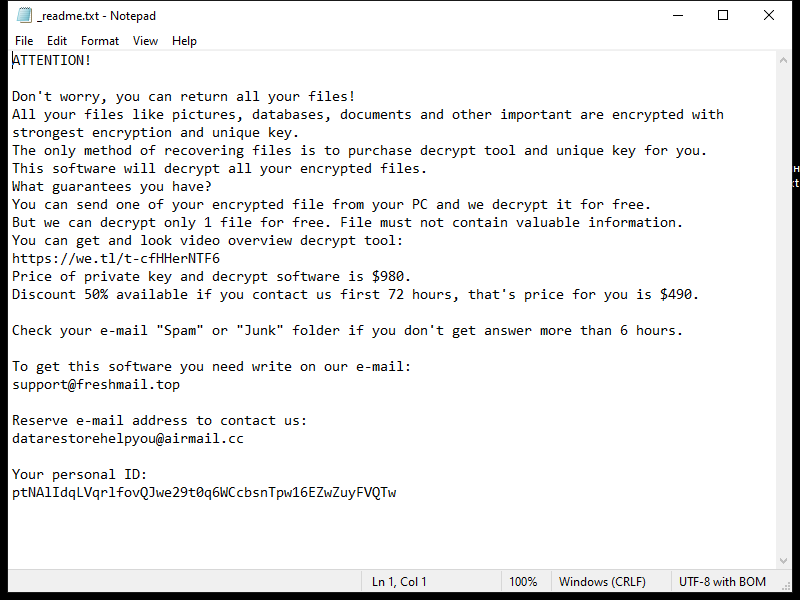How to remove Instant-adblocker.xyz
Instant-adblocker.xyz is a malicious website that tricks users into enabling browser notifications by displaying fake error messages or enticing offers. Once a user clicks on the notification prompt, they unwittingly grant permission for the site to send intrusive pop-up ads directly to their desktop. This can lead to a barrage of unwanted advertisements appearing even when the browser is closed, disrupting the user’s online experience.
This type of malware primarily targets popular web browsers such as Google Chrome, Mozilla Firefox, and Microsoft Edge, affecting both Windows and Mac devices. By exploiting browser notifications, Instant-adblocker.xyz can bypass traditional ad-blocking software and security measures, making it difficult for users to remove the ads and regain control of their browsing experience. It is important for users to be cautious when encountering unfamiliar websites and to promptly disable notifications from suspicious sources to prevent infection by such malware.

